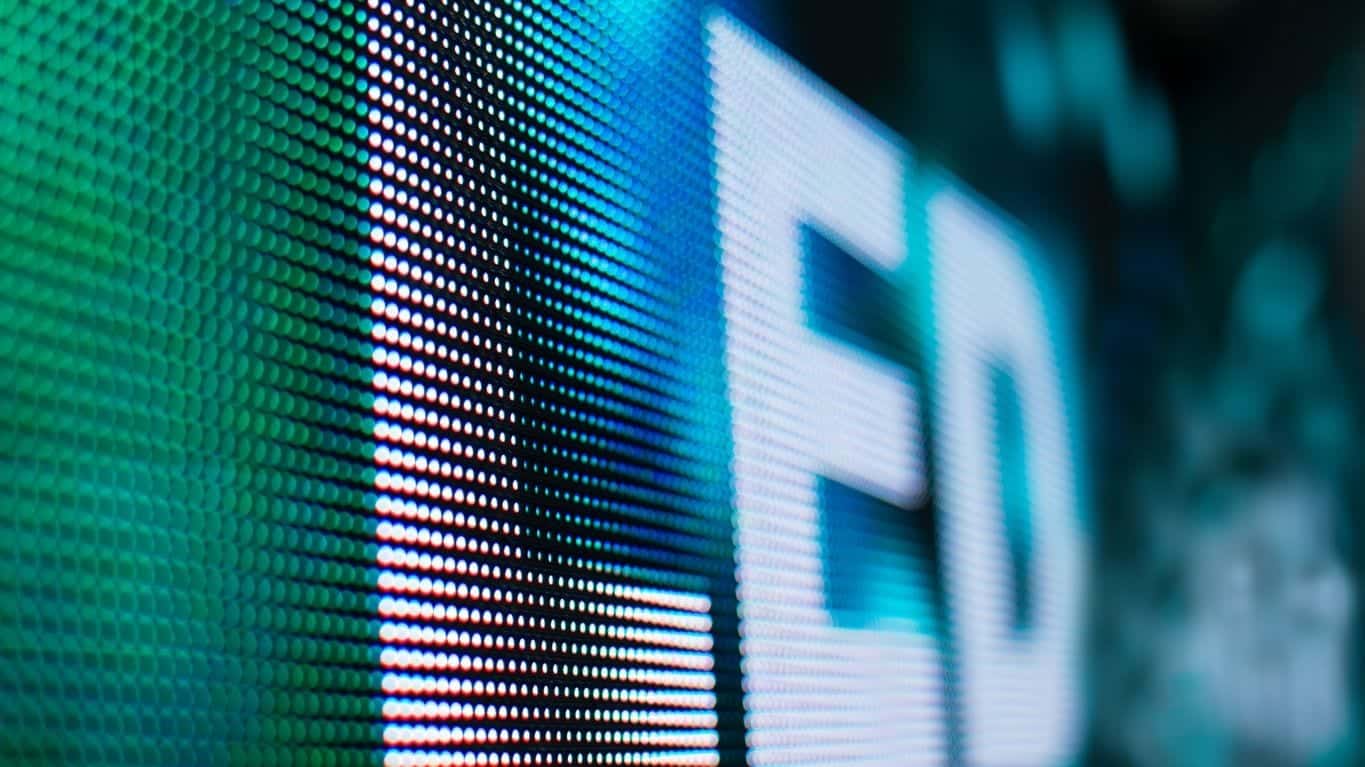Perfecting Hue Accuracy in Light Emitting Diode Wall Adjustment for Stunning Graphic Presentations
Perfecting Hue Accuracy in Light Emitting Diode Wall Adjustment for Stunning Graphic Presentations
Blog Article
Color accuracy is crucial for producing breathtaking visual presentations, particularly when using LED walls. These large screens are commonly found in places like music venues, athletic arenas, and promotional billboards. When the hues on an LED wall are not correct, the visuals can look flat or warped, which can impact the total impression for audiences. Therefore, perfecting color precision in LED screen tuning is crucial for achieving lively and true-to-life images.
The first step in guaranteeing color accuracy is understanding how LED technology works. LEDs, or light-emitting diodes, produce light in various colors by combining red, green, and blue (RGB) light. Each dot on an LED screen is made up of these three hues. When tuned correctly, the mix of RGB can produce a broad range of colors. However, if one color is too bright or too dim, it can throw off the entire display. This is why calibration is needed to equalize the hues and reach the desired graphic result.
Calibration involves modifying the configurations of the LED wall to make sure that the hues displayed match the initial material as closely as possible. This procedure typically involves using specialized software and hardware instruments. Technicians often use color assessment devices, such as color meters, to examine the colors being shown. By comparing the measured colors to benchmark color values, they can make exact modifications. This ensures that the colors are not only lively but also consistent across the whole screen.
Another crucial aspect of color accuracy is comprehending the environment in which the LED wall is employed. Factors such as ambient light can significantly affect how hues appear. For instance, a brightly illuminated room may wash out hues, making them look less lively. To mitigate this, technicians may modify the brightness and contrast configurations of the LED screen. Additionally, they may select specific color profiles that are more appropriate for various lighting conditions. This flexibility helps maintain color precision regardless of the observing environment.
Ultimately, routine maintenance and recalibration are essential for maintaining an LED screen looking its best. Over time, the functionality of LEDs can alter due to elements like aging and temperature fluctuations. Frequent inspections and adjustments can help guarantee that the colors remain correct and vibrant. By investing time in appropriate calibration and upkeep, venues can you could try this out provide audiences with breathtaking graphic presentations that improve their total impression. Perfecting color accuracy in LED wall calibration is not just a technical task; it is an expertise that adds to the wonder of visual storytelling.